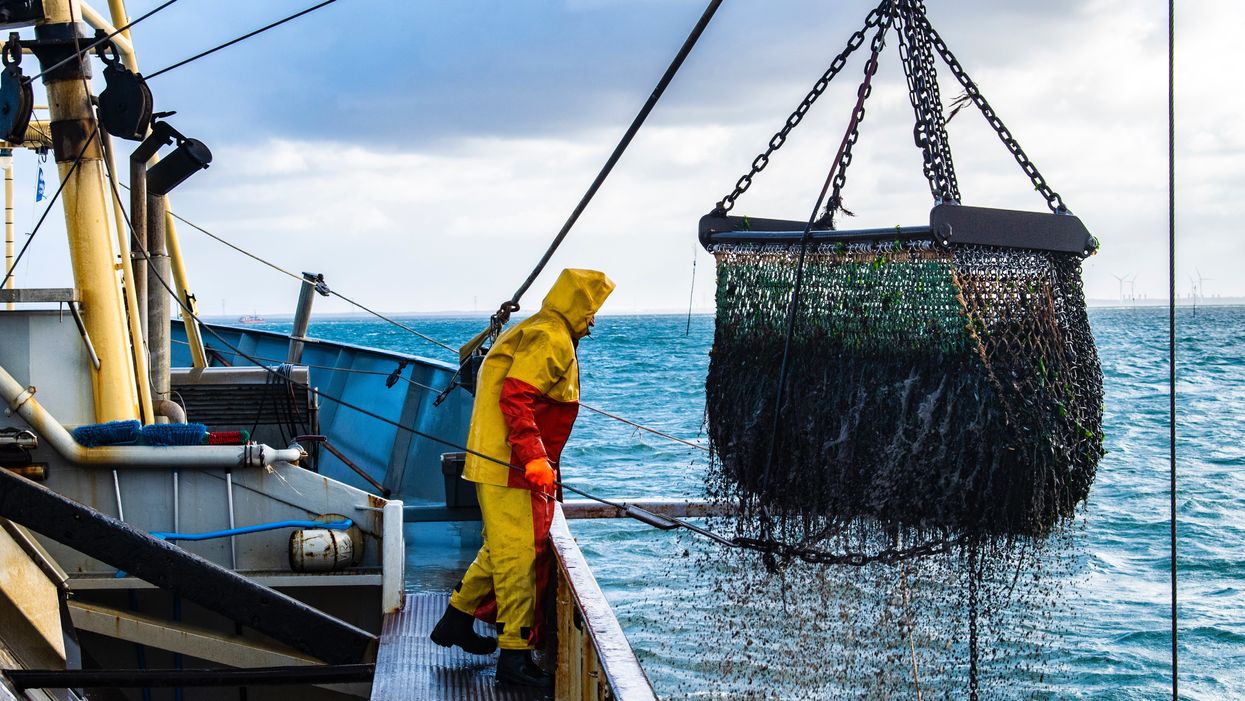Tribes Celebrate as Dam Removals Set Klamath River 'Free' for First Time in a Century
"The biggest thing for me, the significance of the dam removal project, is just hope—understanding that change can be made," a Yoruk activist said as the largest dam removal project in U.S. history neared completion.
Crews breached the final of four dams on a key stretch of the Klamath River on Wednesday, letting salmon run freely there for the first time in over a century and garnering tears from Indigenous activists who had campaigned for the dam removals for decades.
Together the four demolitions mark the largest dam removal project in U.S. history.
The Klamath, which runs from south-central Oregon into northwestern California, has long been bordered by Native American tribes—"Salmon People," as they call themselves—that once relied on the protein-rich fish for about half of their caloric intake but were impoverished by the institution of the dams, among other white settler colonialist initiatives.
"Another wall fell today," Frankie Myers, vice chairman of the Yurok Tribe, said in a statement. "The dams that have divided the basin are now gone and the river is free. Our sacred duty to our children, our ancestors, and for ourselves, is to take care of the river, and today's events represent a fulfillment of that obligation."
The world's largest dam removal to date is restoring and reconnecting hundreds of miles of the Klamath River allowing salmon to go to their spawning grounds for the first time in 100 years.https://t.co/hts6nH3fbG
— American Rivers (@americanrivers) August 29, 2024
The four dams were built between 1918 and 1962 to generate electricity in the region and have been owned in recent years by PacifiCorp, a subsidiary of Berkshire Hathaway, a conglomerate owned by Warren Buffett.
Beforehand, chinook and coho salmon were plentiful in the river.
"My grandpa said that there were so many salmon when he was younger that you could walk across their backs to the other side," Brook Thompson, a 28-year-old activist who grew up on the Yurok reservation, toldThe New York Times. "It's just so hard to express to people who are so used to fishing for sport or fun that salmon is really everything for us. The health of the river is literally our health."
The campaign to remove the dams took flight in 2002 following a devastating salmon die-off which Thompson and other Indigenous activists still talk about as a turning point. Campaigners went as far as the United Kingdom—where Scottish Power, which then owned the dams, was headquartered—to demand their removal.
The campaign faced opposition but was pushed through by a coalition that included Democratic Govs. Gavin Newsom of California and Kate Brown of Oregon, who left office in 2023.
"This moment is decades in the making—and reflects California's commitment to righting the wrongs of the past," Newsom said in a statement on Wednesday. "Today, fish are swimming freely in the Klamath for the first time in more than a century, thanks to the incredible work of our tribal, local, and federal partners."
The Klamath decommissioning project is part of a larger movement aimed at restorative justice for Indigenous peoples and ecological renewal. More than 2,000 dams have been removed in the United States, mostly in the last 25 years, according to American Rivers, an advocacy group.
Thompson said the removal of the dams showed that activism can pay off.
"The biggest thing for me, the significance of the dam removal project, is just hope—understanding that change can be made," she recently told the Los Angeles Times.
The Klamath is unusual in that it runs from a desert area into the mountains and then back down to the Pacific Ocean—National Geographic has called it "a river upside down." Two upstream dams on the river have not been removed, but they have swim ladders that allow salmon to get through.
Construction work to remove the last infrastructure on the four dams is expected to last another month, while ecological restoration work will go on for years, led by Indigenous groups and Resource Environmental Solutions, a company contracted to do the work.


